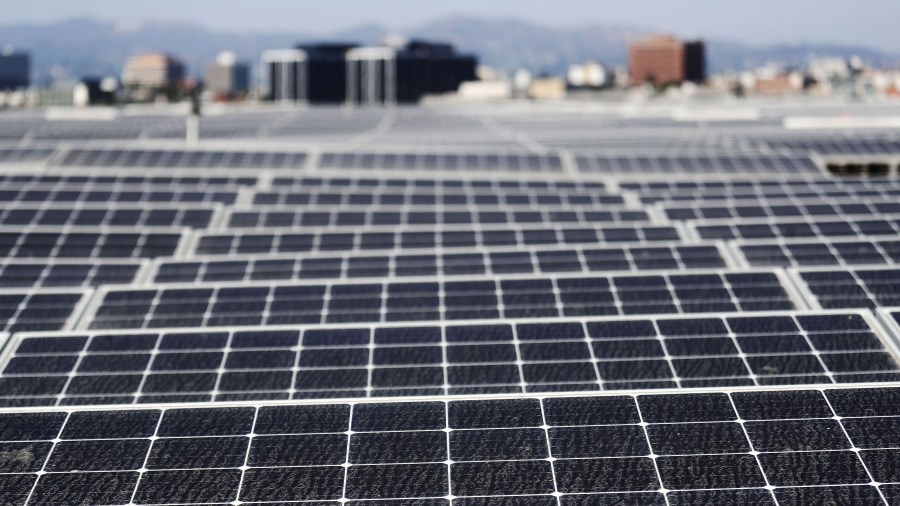Some ways to keep the power on in California’s fire season

Last week more than 700,000 people and businesses in Northern California lost power as part of planned blackouts aimed at reducing the risk of wildfires. The state’s largest utility, Pacific Gas & Electric, has been blamed for sparking previous deadly fires. So the company cut power to areas it saw as most vulnerable during a period of dry, windy weather. The overall effort was chaotic, according to people whose power was cut off — and even the utility itself.
I spoke with Marketplace’s Ben Bradford, who has covered California wildfires and their aftermath extensively. He said there are alternatives that could prevent this kind of disruption in the future. The following is an edited transcript of our conversation.
Ben Bradford: Two options are microgrids, which are instead of having this vast array of electricity connections and power generation from miles away. And there are communities that have their own generation, their own solar, their own gas, their own storage to be able to power either — starting off with where we are right now — critical functions like fire stations and hospitals, and eventually even entire communities. The other thing that we’ve seen develop is what we typically refer to as rooftop solar, which is basically solar arrays and now often with storage that can go to people’s homes and provide power to them directly.
Amy Scott: All this seems like a potentially huge business opportunity. How much money are we talking about here that could be invested in these alternatives?
Bradford: The rooftop solar industry and some environmental groups, they have goals that are anywhere from up to, I would say, about a quarter of the entire generation in California. Technically, there are reports that California could power just about every home and business that had the right roof for it and the right access to sun, that as much as 75% of the state can be powered by them. That’s probably not realistic, but we’re already seeing companies market off of this opportunity. I got a press release from a rooftop solar company almost as soon as the first power shut-offs were announced this month, which is touting the benefits of, “Hey, here’s an alternative to being on the grid and potentially having your power shut off.”
Scott: Are there any technical barriers to rolling out more of these alternatives?
Bradford: The key word there is “more.” We can roll out this technology right now, but there’s a question of how does the rest of the system interconnect? If everybody has their own rooftop solar array, for instance, that creates new challenges for the electric grid that we already have, the legacy one that we all rely on. In addition to that, one reason that utilities often look at these distributed generation as a threat is because the more people that have a rooftop solar array and aren’t paying for their electricity from the utility or aren’t paying as much, the less money there is to upkeep that transmission system that the rest of us rely on.

Related links: More insight from Amy Scott
Another reason rooftop solar panels aren’t a perfect solution is that they don’t necessarily work during a blackout. According to Bloomberg, most rooftop panels are designed to supply electricity to the grid, rather than the house they’re sitting on. If that grid is shut down, the system doesn’t work. The workaround: batteries connected to your solar system.
One executive expects those sales to take off after last week’s outages. And California produces more solar power than any other state, often more than it can use in a day. The Los Angeles Times looked at how an oversupply might actually be a good thing.
The future of this podcast starts with you.
Every day, the “Marketplace Tech” team demystifies the digital economy with stories that explore more than just Big Tech. We’re committed to covering topics that matter to you and the world around us, diving deep into how technology intersects with climate change, inequity, and disinformation.
As part of a nonprofit newsroom, we’re counting on listeners like you to keep this public service paywall-free and available to all.
Support “Marketplace Tech” in any amount today and become a partner in our mission.














